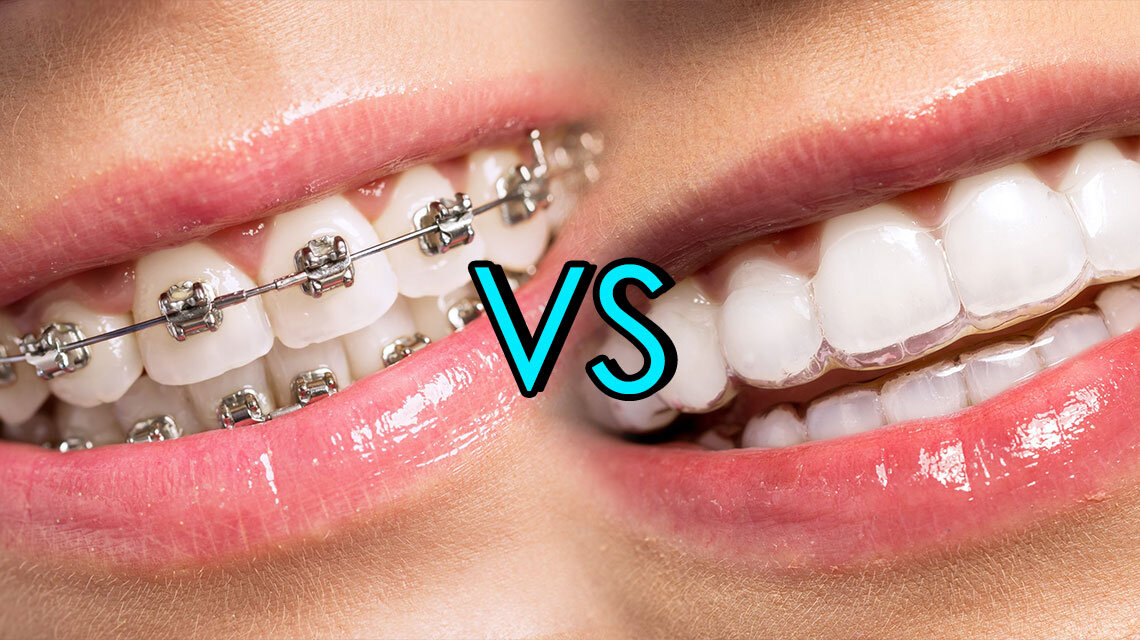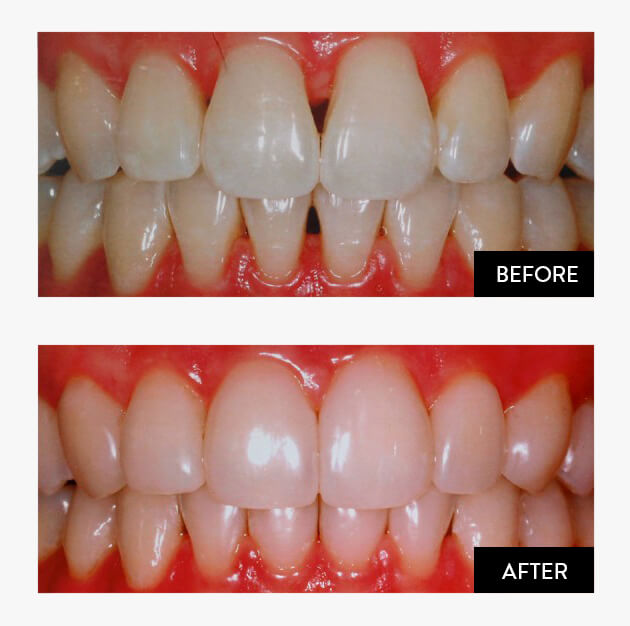Premier Dental Bonding Mississauga Specialists: Achieve Your Dream Smile
Premier Dental Bonding Mississauga Specialists: Achieve Your Dream Smile
Blog Article
Discover Effective Dental Treatments for a Better Smile - Learn More About Dental Bonding
In the search of a radiant smile, people frequently seek effective oral procedures to improve the look of their teeth. Amongst the different techniques available, dental bonding stands apart as a prominent option for its capacity to address a variety of aesthetic problems. From repairing cracked or discolored teeth to improving and shutting spaces enamel, dental bonding provides a flexible remedy. Understanding the intricacies of this procedure and its benefits requires a more detailed look at the process, candidateship requirements, and post-treatment treatment. By exploring the subtleties of dental bonding, one can get insights right into just how this therapy compares to other alternatives, giving a thorough sight of the opportunities for attaining a brighter smile.
Advantages of Dental Bonding
Oral bonding provides a minimally invasive and cost-efficient service for enhancing the look of teeth. This treatment involves the application of a tooth-colored resin material to the surface of the tooth, which is after that hardened utilizing a special light. Among the crucial benefits of oral bonding is its capability to fix minor flaws such as chips, cracks, or staining in a single browse through to the dental expert. Unlike various other aesthetic dental procedures, such as crowns or veneers, bonding normally calls for very little to no elimination of the all-natural tooth enamel, making it a conventional alternative for smile improvement.

Treatment Introduction
Commencing with an assessment of the process entailed in dental bonding, we explore the thorough summary of this cosmetic dental treatment. Dental bonding is a minimally intrusive method made use of to enhance the look of teeth by using a tooth-colored resin product to the surface. The procedure starts with the dental practitioner selecting a material color that matches the natural color of the person's teeth.
Following, the tooth surface area is roughed up, and a conditioning fluid is put on aid the bonding product stick correctly. The material is after that built and shaped to the wanted type before being set using a special light. When the material has set, the dental professional will further cut and brighten it to blend seamlessly with the surrounding teeth.
Dental bonding is typically used to repair damaged or cracked teeth, close spaces between teeth, improve teeth, and cover stains. It is a cost-efficient and quick means to improve the aesthetics of a smile, typically finished in a single visit to the dental expert's office.
Candidates for Dental Bonding
When figuring out eligibility for dental bonding, an extensive examination of the person's oral wellness and cosmetic objectives is carried out. Dental bonding is a functional cosmetic dental care useful site treatment appropriate for individuals with minor imperfections such as damaged, split, discolored, or askew teeth. Candidates for dental bonding must have overall good dental wellness, devoid of periodontal condition or dental cavity, as these conditions might influence the bonding's longevity and performance.
Perfect candidates for dental bonding are people wanting to enhance the appearance of their smiles without substantial dental job. Dental bonding is a traditional therapy choice that can attend to aesthetic concerns without the requirement for more invasive procedures. It is also a preferred selection for those looking for fast outcomes, as bonding can often be completed in a solitary check out to the dental professional's office.
During an appointment with a dental professional, the person's specific problems and wanted outcomes will certainly be assessed to establish if oral bonding is the most suitable treatment option - dental bonding mississauga. By understanding the criteria for candidateship, individuals can make important source enlightened choices about boosting their smiles via dental bonding
Aftercare Tips
Upon finishing an oral bonding procedure, keeping correct aftercare is vital to make sure the longevity and performance of the treatment. After the bonding procedure, it is important to prevent consuming difficult foods or biting on things that can potentially damage the bonded location. Additionally, avoiding practices like nail-biting or eating on pens can help protect against premature damage on the bonded product.
Normal dental hygiene methods, consisting of cleaning with a soft-bristled toothbrush and non-abrasive toothpaste, are vital to prevent and maintain the bond discoloration - sleep dentistry mississauga. It is advised to floss day-to-day to my site eliminate any type of food particles that might gather around the bonded location, minimizing the threat of decay
Regular dental check-ups every 6 months are important to keep track of the problem of the bonding and resolve any type of problems promptly. Throughout these sees, your dentist can evaluate the bond's honesty, make any kind of essential fixings, and provide advice on keeping optimal dental health to prolong the life-span of the oral bonding.
Comparison With Various Other Therapies
In assessing dental bonding as a therapy alternative, it is essential to consider its advantages and limitations in contrast to alternative procedures. One common alternative to dental bonding is veneers.
One more popular option is oral crowns. Crowns are caps that cover the entire tooth and are normally utilized for a lot more comprehensive damages or to enhance the appearance of a misshapen tooth. Unlike bonding, crowns are extra sturdy and can stand up to greater biting forces. However, the procedure of getting a crown includes getting rid of even more of the natural tooth framework, making it an irreversible procedure.
Inevitably, the option in between oral bonding, veneers, or crowns depends on the individual's certain demands, budget, and preferred result. Consulting with a dental expert can aid figure out the most suitable treatment alternative for achieving a brighter and much more positive smile.
Conclusion
In conclusion, oral bonding is an effective treatment for boosting the look of teeth by remedying imperfections such as staining, gaps, and chips. It is a minimally invasive therapy that can provide resilient and quick outcomes. With appropriate aftercare and upkeep, clients can delight in a brighter and more positive smile. Oral bonding supplies a cost-effective and practical remedy compared to other extra intrusive dental procedures.
Moreover, oral bonding is a functional therapy that can resolve a selection of visual concerns, including closing gaps between teeth, improving misaligned teeth, or making teeth appear longer.Beginning with an assessment of the procedure included in oral bonding, we dig into the detailed summary of this cosmetic dental procedure. Candidates for oral bonding must have general good dental wellness, complimentary of gum disease or tooth degeneration, as these problems may affect the bonding's long life and efficiency.

Report this page